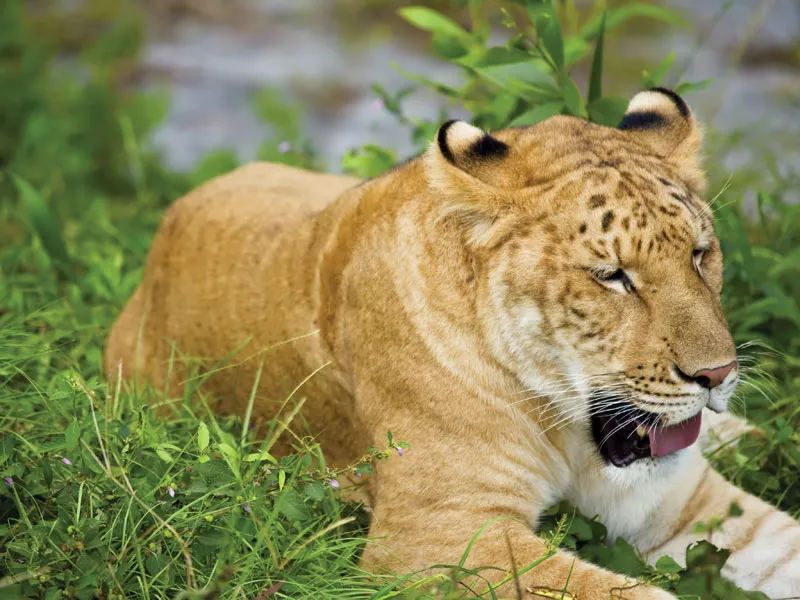You might occasionally wonder what would happen if different animal species mated, but those thoughts don’t usually linger. Surprisingly, interbreeding between various species occurs more frequently than you might think.
While hybridization can occur naturally, humans have also played a role, intentionally breeding animals to create new varieties with specific characteristics. However, not all hybrids are fertile or able to reproduce, which can limit their long-term viability in the wild.This blending of species challenges our understanding of biological boundaries and highlights the complexities of evolution. It’s a reminder of how interconnected the animal kingdom truly is.
1. Blood Parrot

The Blood Parrot is thought to be a hybrid, possibly between a Severum Cichlid and a Red Devil Cichlid, or a Midas Cichlid and a Redhead Cichlid. This breeding results in a striking orange color with a red body and unusual swim bladders. In Taiwan, where these fish are bred, there have been efforts to remove hybrids like the Blood Parrot from pet stores and similar venues.




